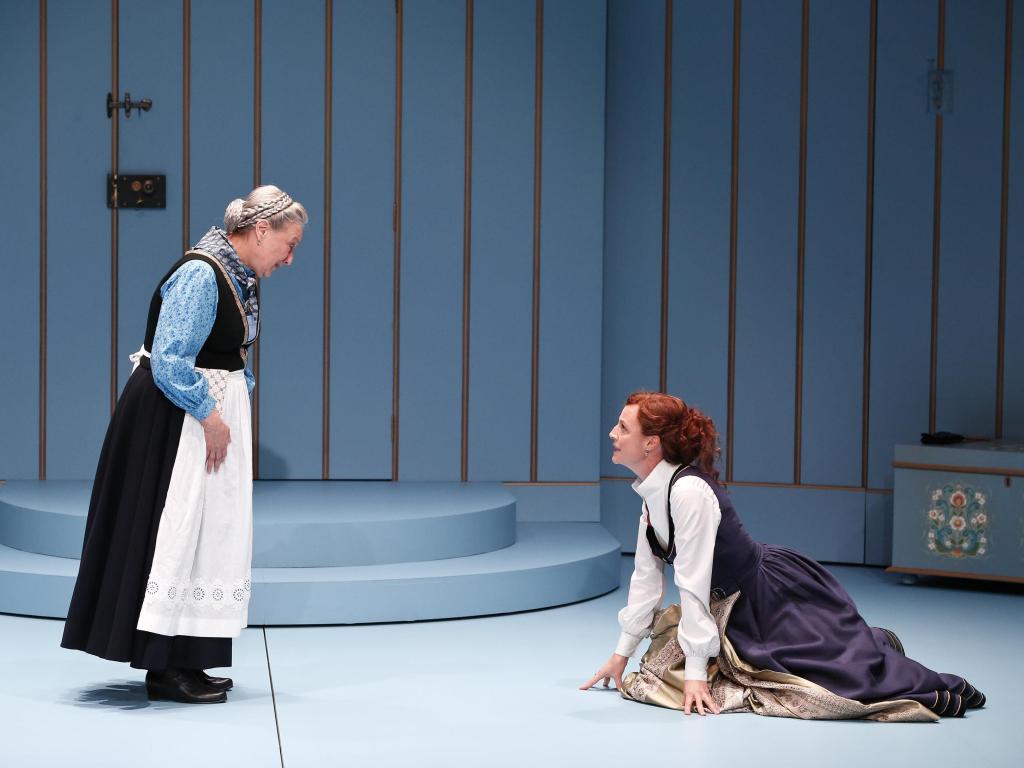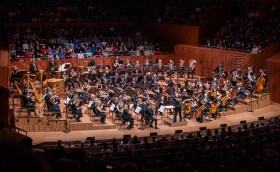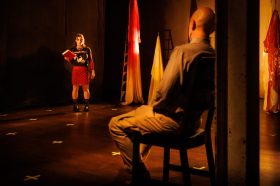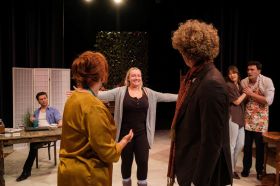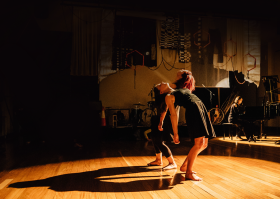Henrik Ibsen’s A Dolls House (Part 1) was the source of genuine outrage when it debuted in 1879. The notion of a woman walking out on a ‘good life’, a marriage and her children flew directly in the face of a social and legal order that maintained women as second-class citizens, whose desires were subjugated to her husband and her family as a matter of nature. Thankfully things have changed and while de facto discrimination and deficient representation remains in a number of areas, the law now recognises men and women as equal, at least formally, anyway. Lucas Hnath’s Part 2, picks up the story 15 years after the original but clearly speaks to a contemporary context and this, as it turns out, is as much a strength as it is a weakness.
This tension between the narrative’s 19th century setting and the substance of Hnath’s sequel is one that rarely dissipates. This can be used to great effect to show society at its regressive worst, think The Crucible for example, or to explore an issue at its explicit genesis. Hnath’s version feels more like a modern narrative layered on top of old story than it does a more meaningful synthesis. It straddles an awkward middle ground between maintaining the old plot and putting contemporary ideas in the mouths of its characters.
Not that the ideas and characters aren’t interesting or deep. Hnath’s Nora (Marta Dusseldorp) captures the confusion, guilt and strength of both her decision to leave and to come back. Hnath doesn’t fall victim to making her into some archetypal hero either. She’s flawed, even selfish at times. but fierce in her insight. Torvald (Greg Stone) returns too and one is pulled between feeling sorry for him and wanting to give him a firm kick up the backside for all his mostly-well intentioned but poorly directed efforts at doing the right thing. Hnath’s writing is at its best when Torvald and Nora threaten total honesty but never succeed in talking truly too each other, always talking past each other to themselves. Anyone who has felt ignored, taken advantage of or constrained in a relationship would easily recognise much of what they say.
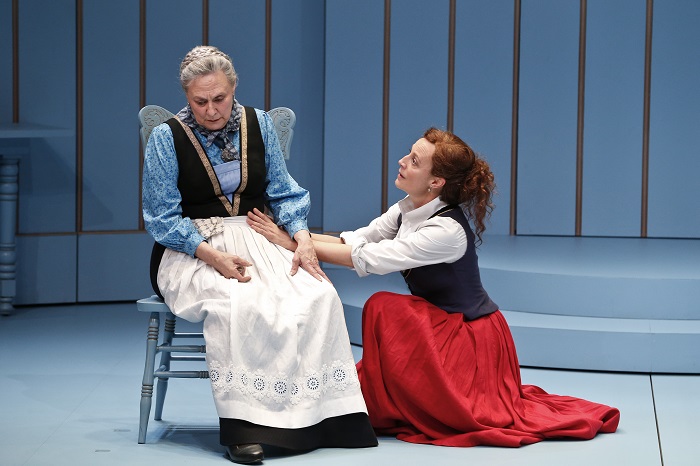
Deidre Rubenstein and Marta Dusseldorp in MTC’s A Doll House Part 2. Photo by Jeff Busby.
It’s the pragmatic and earnest Emmy, in a show-stealing performance from Zoe Terakes, who brings the necessary perspective. That she is the character who carries the least direct connection to Ibsen’s original speaks volumes.
Many modern relationships have at their centre, a tension between individual and collective desires or perhaps whose individual desire shapes the collective. The gender dynamics of that tension only increase as men and women get closer to meaningful equality. This change is an integral part of the context that drives the story and substance of A Doll’s House Part 2 and why it’s historical setting is ultimately something that holds it back. There is still a lot to like but what a difference adding a one in front of the fifteen-year interval would have made.
3 ½ stars ★★★☆
A Doll’s House Part 2 by Lucas Hnath
Melbourne Theatre Company
Director: Sarah Goodes
Cast: Marta Dusseldorp, Deidre Rubenstein, Greg Stone, Zoe Terakes
Set and Costume design: Tracy Grant Lord
11 August – 15 September 2018
The Sumner, Southbank Theatre, Melbourne
